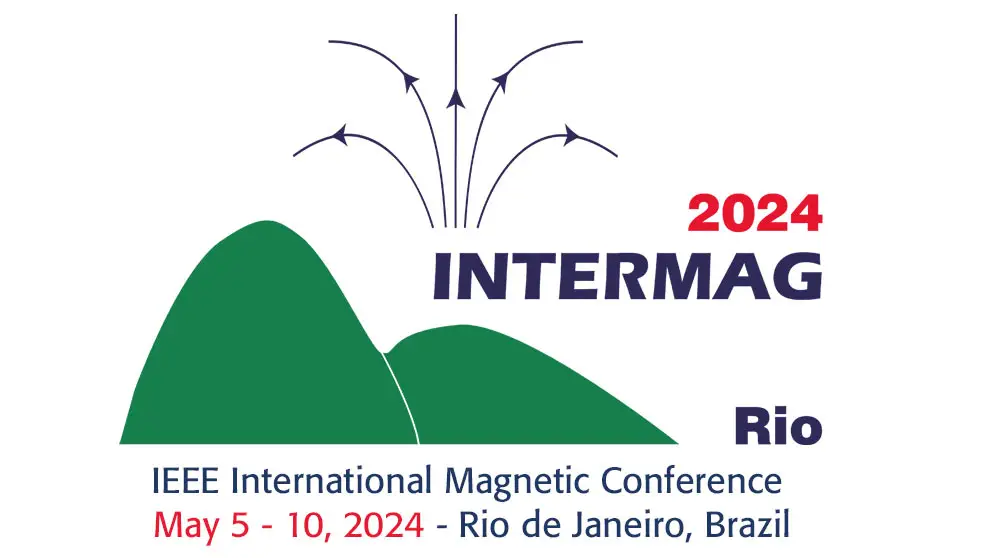VP12-08: Design strategies for enhancing magnetic field generators for optical switching applications
Narimdinda Robert Bouda, Neelam Prabhu Gaunkar, Wei Shen Theh, Mani Mina
Poster Virtual Only
02 Nov 2023
Widespread adoption of Magnetic Field Generators (MFG) will require most electro-optical systems to incorporate high current devices, thereby demanding a decrease in power consumption due to loss reduction. Recent progress in magnetic field generator typologies has shown ways of reducing form factor while meeting better performance in terms of max current and magnetic field level based on selected transistor technologies. However, developments in the standardization of MFGs need to be considered for optoelectronic industrial-scale applications. This work describes a strategy for identifying the optimum condition for a high magnetic field, form factors contributing to power consumption, and the feasibility of such electro-optical systems. Magnetic Field Generator (MFG) devices have been in use for several years in various industries. [1-8]. In each industry, MFG aims to deliver a certain amount of current/power to the system (load) while minimizing system power consumption. Designing for maximum efficiency, means obtaining the highest output for a given input. One of the purposes of a MFG is the energy conversion. Considering a magneto optical interferometer where the phase shift caused an interference by magnetization of magneto optical material. The magnetic field generator (MFG) system based on MOSFET as switching device controls the magnetization of the magneto optic (MO) material. The magnetic field strength, conversion efficiency, non-linearity and/or linearity are the common characteristics, and they can be quantified. For a better understanding of the factors impacting efficiency and power loss, an analytical representation of the MFG is needed. The efficiency and power loss can be approximated based on an electronic analytical loss model. Power losses in MFGs consist of conduction loss and switching loss(Fig. 2). For an efficient MFG, it is critical to have devices with low switching and conduction losses. This paper describes the fundamental operation of an MFG and investigates the switching losses, energy losses and conduction losses in the various components of the system. The analysis is performed using an MFG systems (see Fig.1).References: [1] G. Zhang, M. De Leenheer, A. Morea, and B. Mukherjee, “A survey onOFDM-based elastic core optical networking,” IEEE Commun. Surveys Tuts., vol. 15, no. 1, pp. 65–87, 1st Quart., 2013 [2] N. Prabhu Gaunkar, J. Selvaraj, W.-S. Theh, R. Weber, and M. Mina, “Pulsed magnetic field generation suited for low-field unilateral nuclear magnetic resonance systems,” AIP Advances, vol. 8, no. 5, p. 056814, 2018. [3] A. Lidow, "Is it the end of the road for silicon in power conversion?" 2010 6th International Conference on Integrated Power Electronics Systems, Nuremberg, 2010, pp. 1-8. [4] Taichi Goto, Ryohei Morimoto, John W. Pritchard, Mani Mina, Hiroyuki Takagi, Yuichi Nakamura, Pang Boey Lim, Takunori Taira, and M. Inoue, "Magneto-optical Q-switching using magnetic garnet film with micromagnetic domains," Opt. Express 24, 17635-17643 (2016). [5] M. Acanski, J. Popovic-Gerber and J. A. Ferreira, "Comparison of Si and GaN power devices used in PV module integrated converters," 2011 IEEE Energy Conversion Congress and Exposition, Phoenix, AZ, 2011, pp. 1217-1223, doi: 10.1109/ECCE.2011.6063915. [6] Michael R. Watts, Jie Sun, Christopher DeRose, Douglas C. Trotter, Ralph W. Young, and Gregory N. Nielson, "Adiabatic thermo-optic Mach–Zehnder switch," Opt. Lett. 38, 733-735 (2013). [7] A. Ribeiro, A. Ruocco, L. Vanacker and W. Bogaerts, "Demonstration of a 4 × 4-port self-configuring universal linear optical component," 2016 Progress in Electromagnetic Research Symposium (PIERS), Shanghai, China, 2016, pp. 3372-3375, doi:10.1109/PIERS.2016.7735319. [8] N. Robert Bouda, N. Prabhu Gaunkar, W. Shen Theh, and M. Mina , "A typology for magnetic field generator technologies," AIP Advances 11, 015103 (2021) https://doi.org/10.1063/9.0000046.


